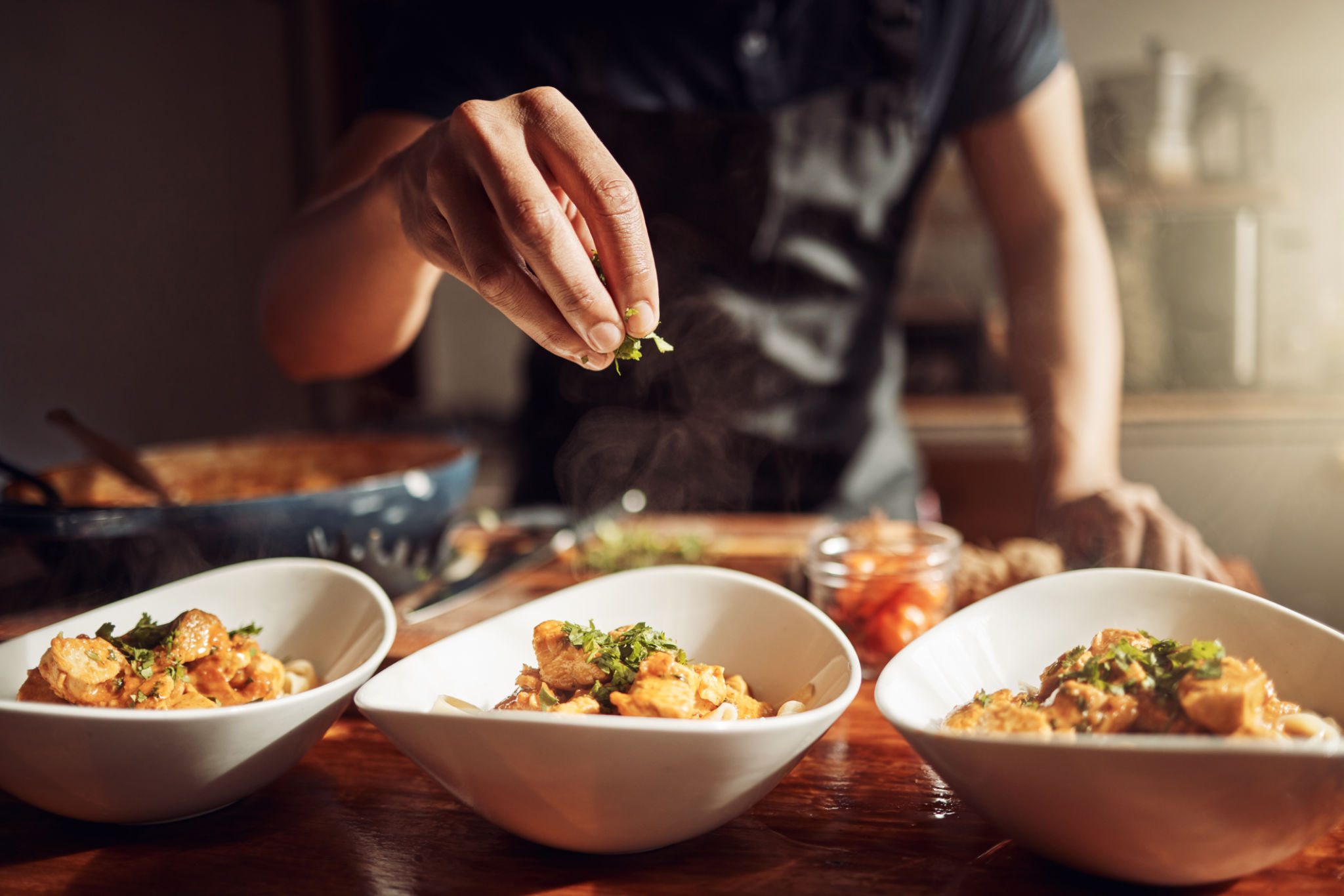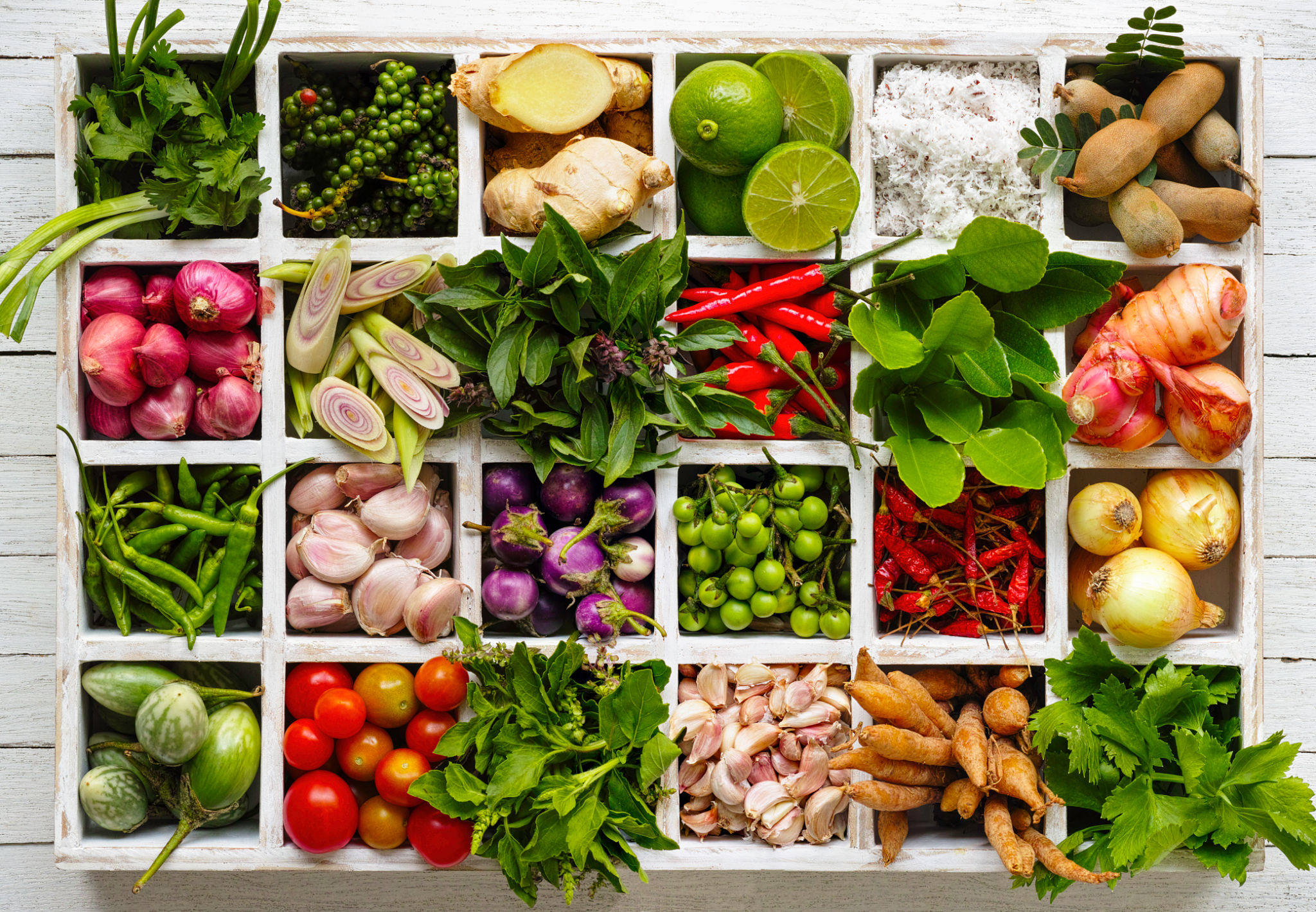From Our Kitchen to Your Table: The Art of Asian Fusion Cuisine
Understanding Asian Fusion Cuisine
Asian fusion cuisine is a culinary art that blends elements from various Asian culinary traditions with other global influences. This innovative approach creates unique, flavorful dishes that transcend traditional boundaries. By combining techniques, flavors, and ingredients from different cultures, chefs craft something entirely new and exciting.

The Origins of Fusion
The concept of fusion in cooking isn't new. It's been a part of culinary evolution for centuries as cultures have mingled and shared their food traditions. However, Asian fusion cuisine has gained significant popularity in recent decades, thanks to the growing interest in global flavors and the democratization of food through travel and media.
Restaurants specializing in Asian fusion often highlight the diverse range of tastes and textures found in Asian cuisine, from the spicy heat of Thai dishes to the umami-rich flavors of Japanese cooking. By incorporating elements from Western cuisines, such as French or Mexican, these restaurants create a distinctive and memorable dining experience.
Key Ingredients and Techniques
Asian fusion cuisine often features a mix of traditional Asian ingredients like soy sauce, ginger, lemongrass, and sesame oil with Western counterparts such as olive oil, balsamic vinegar, or cheese. This combination results in dishes that are both familiar and novel.
Cooking techniques also play a crucial role in fusion cuisine. A chef might use a French cooking method like sous-vide to prepare a Japanese-inspired dish, resulting in an innovative blend of textures and flavors. Another popular technique is the use of wok cooking to quickly sear proteins and vegetables, preserving their natural flavors while adding a touch of smokiness.

Popular Asian Fusion Dishes
There are numerous dishes that exemplify the art of Asian fusion cuisine. Some popular examples include:
- Korean Tacos: Combining the bold flavors of Korean barbecue with the soft texture of a Mexican taco shell creates a perfect handheld delight.
- Sushi Burritos: This innovative dish wraps traditional sushi ingredients in a burrito-sized roll, offering a convenient and filling meal.
- Pad Thai Pizza: By using pad Thai ingredients as pizza toppings, this dish offers a delicious twist on two beloved foods.
The Art of Balancing Flavors
Mastering Asian fusion cuisine requires an understanding of how to balance different flavors. Chefs must carefully consider how each ingredient contributes to the overall taste profile of a dish. The key is to create harmony, where no single element overpowers the others but rather complements them.

A successful fusion dish respects the essence of each cuisine it draws from while creating something new. This balance ensures that diners experience a symphony of tastes and textures that excite the palate.
Creating Your Own Fusion Dishes
If you're inspired to try your hand at creating Asian fusion dishes at home, start by experimenting with simple combinations. Mix familiar ingredients in new ways to discover unique flavor profiles. Consider blending spices or sauces from different cuisines to add depth and complexity to your meals.
Remember that the art of fusion lies in experimentation. Don't be afraid to push boundaries and test unconventional pairings. Who knows? You might just create the next big trend in Asian fusion cuisine!
The Future of Asian Fusion Cuisine
As global culinary trends continue to evolve, Asian fusion cuisine is poised to remain at the forefront of innovation. The blending of cultures through food offers endless possibilities for chefs and home cooks alike. As more people embrace diverse flavors, the demand for creative dishes that challenge traditional norms will only grow.
This culinary art form not only celebrates cultural diversity but also highlights the shared human experience through food. Ultimately, Asian fusion cuisine is a testament to how creativity and collaboration can lead to extraordinary culinary creations.
